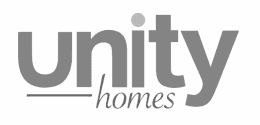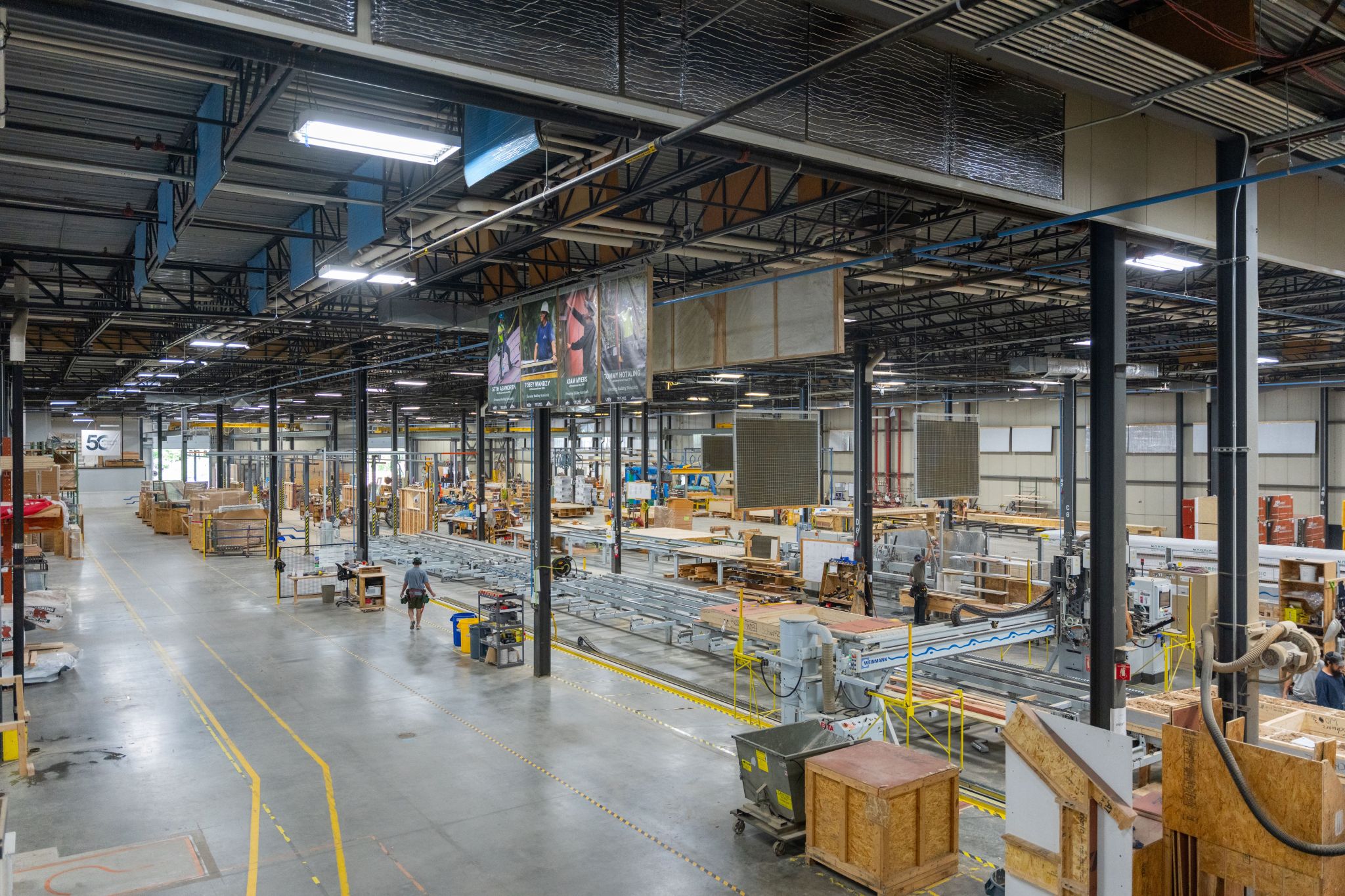“We're not going back and forth with the client 18 times trying to figure out what exactly it is they're looking for. It's reducing the amount of time that we're spending on that research and giving the client freedom to feel like they have endless possibilities available to them.”
Rachel Neill, Selections Coordinator & Assistant Project Manager
Unity Homes is a New Hampshire-based design-build firm known for its superior prefabrication process. Their approach consists of a proprietary design system, off-site construction, onsite assembly, and post-assembly finish and fixtures.
To keep pace with considerable growth, while maintaining the utmost client experience, the Unity Homes team chose Gather to modernize its selections process. Since making the switch, they’ve saved hundreds of hours on selections and change requests, while creating a low-friction selections process for their clients.
Virtual Client Introduction to Gather
“Instead of an 8-hour in-person meeting, we now conduct the initial meetings virtually,” says Neill. “I share my screen and guide them through the functions of Gather and then I send them the invitation to create their login.” From there, clients have a few weeks to familiarize themselves with Gather, review everything, sit with the options, and do any additional research into the products offered by Unity Homes.
Neill and her team receive notifications when clients comment on, approve, or disapprove items. When clients want alternative products, Neill uses the manufacturer’s URL to quickly give clients more options. “I can say, ‘Kohler is where we get our plumbing. If you look at the Kohler website and find something that you like, send me the model number.’ It’s all taken care of in a couple of clicks."
Visual Connection Between Line Items and Products
In the past, clients and internal teams would have to Google item numbers to see what the end product might look like. Today, the experience is far more visual, so everyone can see what they need to without needing to leave the Gather interface. This visual connection helps prevent surprises and the change requests that often follow them.

Moving on From an Old-Hat System of Spreadsheets, PDF, and In-Person Selections
Rachel Neill is the Selections Coordinator & Assistant Project Manager for Unity Homes. Since joining the firm, she’s managed more than 50 projects using Gather. “Historically, selections were done with the use of a very lengthy PDF selections catalog that was sent to the client ahead of time,” says Neill.
This preceded a day-long meeting to go through the entire PDF catalog in person. The idea was to determine all fixtures and finishes for the project in one sitting. Understandably, this meeting could require up to eight hours, putting pressure on clients to make a lot of decisions in one day.
“I did one selections meeting this way and there was lots of back and forth and communication and changing of minds after the fact,” recalls Neill. Often, the meeting would end and clients would immediately begin questioning the decisions they made.
And the emails would start flying.
Neill and her team were fielding a lot of change orders, including back and forth communication for each one, which was painstaking for everyone involved. Internally, Neill spent countless hours tracking down alternative selections within the client's price range. Once she got approval for the new selection, she had to go back and update the master project spreadsheet manually—for each change order.
Needless to say, time to approval was much longer than it needed to be.
A Centralized Way to Communicate, Track Activity, and Manage Changes
Once Neill had taken the trial version of Gather for a spin, it wasn’t long before she and the Unity team selected it as their solution for modernizing the design development process. “I was happy with what I saw and felt like it fit my vision for a tool and how we work with clients,” says Neill.
While Neill has spearheaded the implementation of Gather—including what’s included and presented to clients during selections—she and a number of associates use it on a daily basis. Here’s how Gather fits into their design development process today.
Base Project Template That’s Quickly Duplicated
With Gather, Neill has created a base template project with all fixtures and finishes that can be quickly duplicated for each project. “I'm only duplicating the items that are applicable. So if it's a one-level ranch and they don't have a set of stairs, I don't duplicate the area that has stairs.” This alone has saved the team considerable time and effort.

Seamless Item Management and Communication
The Unity team encourages its clients to use the comments section within each item if they have questions, thoughts, or suggestions. “This is especially useful during those first few weeks, when they're taking time to review the items and do any additional research they feel necessary,” says Neill. “Then we have all of that activity tracked in one place.”
If the client selects something outside of the original project template, Neill can use the Gather browser plugin to easily add that item to their profile. The team makes heavy use of Gather’s archive tool, too. “We can archive the stuff that clients don't have to give final approval for, but still have the ability to go in and track what we've talked about without having to search through email chain after email chain.”

More Productive Final Reviews
When the Unity team finally reaches the in-person meeting—either at their office or the showroom—the client has already had ample time to narrow down their selections. “At that point,” says Neill, “we only need to go through final approvals for items that really ought to be seen in person.” This makes for a far more productive in-person final review and a very clear picture of the final selections.
“Everyone is super happy with the tool and how it's laid out. Everything's very clear and easy to use internally and for the client.”
Hundreds of Hours Saved Since Switching to Gather
The Unity Homes team has managed more than fifty projects since moving from spreadsheets and PDF to Gather. Today, their selection process is more of a hybrid experience, with Gather woven throughout to facilitate communication, collaboration, and approvals. When in-person meetings are necessary, they’re far more productive than in the past.
Gone is the need for eight-hour approval meetings, followed by time-consuming email exchanges to accommodate change requests. Across the 50 completed and 27 open projects that Neill has managed in Gather, that likely amounts to hundreds of hours saved already. Change requests are way down, too, leading to far less time spent manually updating spreadsheets.
“Everyone is super happy with the tool and how it's laid out. Everything's very clear and easy to use internally and for the client,” says Neill.
Unity is dedicated to making high performance homes more accessible by building better homes for more people. We use sophisticated technology and innovative prefabrication methods to streamline the home building process, minimize waste, and optimize energy performance.
Location
Walpole, New Hampshire
Firm Type
Design-Build
Project Types
Residential
Gather Customer Since
2020
Website
https://unityhomes.com



